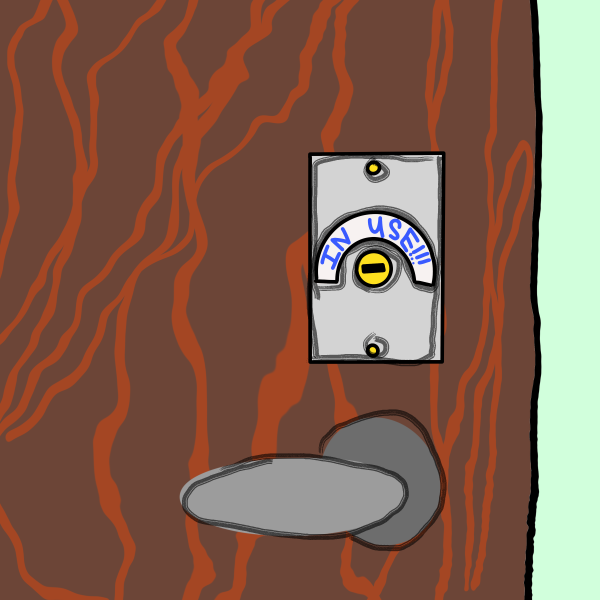How should we address bullying in schools?
On Wednesday, April 9, Minnesota Governor Mark Dayton signed the Safe and Supportive Schools Act bill into law, aimed at reducing bullying in public schools and creating a safe environment for students. The preexistent Minnesota law on bullying was only 37 words long and required schools to have a policy on bullying, but did not include information about what the policies should include. Following several student suicides and a 2011 lawsuit involving the bullying of students in the Anoka-Hennepin school district, the issue gained more attention and induced a call for action among concerned citizens. In an attempt to correct the weaknesses of the old law, the new one requires school staff and educators to be better trained to prevent bullying from happening. In addition, reported instances of bullying will be tracked and investigated by a staff member designated by the school. Districts do not have to institute the statewide policy if they already incorporate the required multi-pronged anti-bullying approach, but they must accept the revisions of the new law if they do not opt to create one of their own. The law will become effective for the 2014-2015 school year. – Compiled by Jackie Bussjaeger
The 21st century has orchestrated a new form of bullying: the cyber bully. The Internet follows you wherever you go. When you leave a school campus Facebook can still be read in the palm of your hand. As younger generations have grown up with this technology, the Internet is not seen a fake place by any means, but sometimes more real than the classroom. Through personalized blogs, personal profiles, and the like, with the Internet you can become more real, or portray the personality that you prefer. Many of us in college right now can spot a troll or a coward who hides behind the keyboard and uses the protection of anonymity to say horrible things, but what about generations that have the Internet far more interwoven into their lives and how they identify themselves?
This is what the “Safe and Supportive Minnesota Schools Act” is trying to address. We have all seen plenty of articles that tell the sad story of students who have committed suicide that was preceded by cyber bullying. They are absolutely heart breaking and alarming. Clearly if schools have the power to make this situation better we should try and do something. Can people really stand by and watch human beings crumble before their eyes and not do anything to help? There is something disturbing about saying that bullying creates character, because what is often forgotten is the character of the bully. Bullying is a double edged sword, and if we allow for us to say that hate language is simply a form of personal expression, there is a bigger societal problem taking place.
In my personal experience, I have been bullied, I have stood up to bullies and unfortunately I have been a bully. Middle school is not a good time for anyone and for me it was of darker shades for many reasons, one of which was being bullied. I don’t write the following for pity points or attention, as I loathe both. The bullying I experienced during my time in middle school left me on the last day of school alone, walking to the last day of lunch to sit by myself, stifling tears. It put me in a dark place and this is when I became a cyber bully, hoping to lash back the pain at the bully who started it all. As soon as I clicked “post” I regretted it. The harsh words were now out in the world forever. It didn’t matter what this girl did to me; I posted what I posted. I became a bully. At the time I was angry because everyone stood up for the girl I posted about. I wondered why no one stood up for me like this. No matter what, my actions weren’t justified. I had a chance to be a better person and I passed it up. I wish there was awareness like the “Safe and Supportive Minnesota Schools Act” when I was in middle school.
Not only would this have prevented me from participating in cyber bullying, but maybe it would have prevented me from getting bullied in the first place. Anything would have been helpful in high school as I started standing up against bullies. For some reason, it was cool to bully students with Autism at my school. I’m not saying that an act like this will completely obliterate the problem, but it attempts to help and address the cyber bullying issues. When students’ lives are in danger, it is no longer about character building or freedom of speech.
I simply do not see the issue in teaching staff and students to treat each other as human beings. Why can’t that be seen as growth? Growth on a higher level, a level of humanity. This isn’t hand holding and coddling, this is making a better generation. Even if it changes just one person to not bully—that is success. It may not be a measurable success that our society constantly demands, but it is a better world to live in. We can put as much money into education as we want, but if students can’t even focus on their studies because they’re being victimized, or if students are committing suicide due to such horrid human behavior, I don’t see how more money to other parts of education will help victims of bullying.
This won’t solve the bullying issue just as the government can’t really solve racism or crime, as my fellow columnist Don Allen points out. However, this doesn’t mean we shouldn’t try. Yes, the real world is harsh, but that doesn’t mean as humans we should conform to such a mentality. Why not try and be better? Why not teach students to be better than society?






